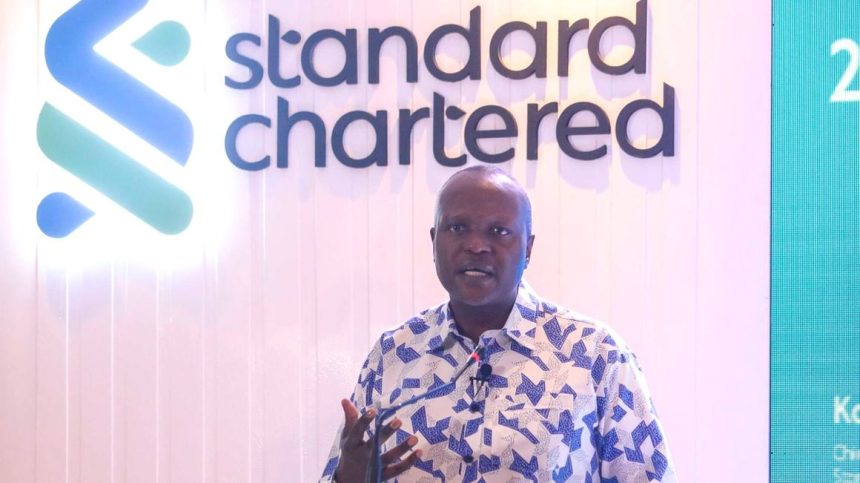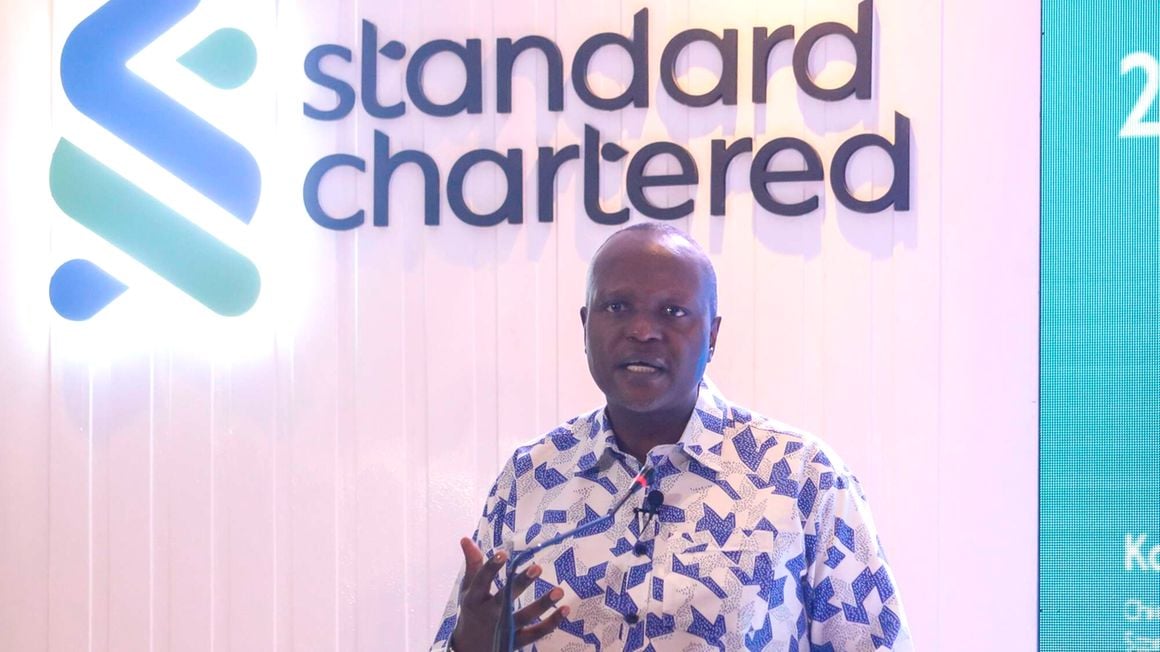Standard Chartered Bank (StanChart) Kenya’s net profit for the half-year ended June 2023 rose by 27.7 percent to Sh6.91 billion on the higher interest income from customer loans and foreign exchange commissions.
The lender’s top-line revenue rose by a third to Sh20.88 billion in the period, while operating expenses rose by 40.6 percent to Sh11.23 billion, largely on account of higher provisioning for bad loans and higher employee costs.
Read: StanChart escalates 30-year fight with Galot
“Operating income increased 34 percent driven by strong performance across our wealth management, financial markets and retail products; operating expenses were up due to increased staff costs and continued investment spend into transformational digital initiatives,” said StanChart.
The lender’s net interest income grew at a faster pace compared to non-funded income, reflecting the impact of higher interest rates on loans on the economy.
Net interest income was up 38.4 percent to Sh13.85 billion, with earnings from lending to customers going up by 34.4 percent to Sh8.01 billion, while interest earned from lending to the government was flat at Sh4.82 billion in the period.
Its loan book stood at Sh145.4 billion at the end of June, up by 13 percent from Sh128.5 billion a year earlier, while its stock of government securities fell by Sh34.26 billion to Sh69.3 billion in the period.
Customer deposits fell by Sh3.2 billion in the period, to Sh283.7 billion. Fees and commissions from forex trading doubled to Sh4.46 billion, backing a 26.9 percent growth in non-funded income to Sh7.03 billion.
Most big banks have been reporting higher income from foreign exchange arising out of the weakening of the shilling against major hard currencies.
On the expense side, StanChart raised its provisioning for bad loans to Sh2.04 billion from Sh108.2 million in June 2022, citing a difficult economic environment that has raised the volume of repayment defaults —where the banking sector NPL ratio stood at 14.5 percent in June 2023.
“Loan impairment charge has increased by Sh1.9 billion [year-on-year] reflecting a volatile and challenging micro-economic environment,” said the bank.
The lender, however, expressed optimism that with inflation starting to cool off, and the measures being taken by both the monetary and fiscal authorities to stabilise the economy, there will be an improvement in the second half of the year.
The bank is not paying investors an interim dividend for the half-year period.
In 2022, Stanchart paid an interim dividend of Sh6 per share, but this was only announced at the end of the third quarter of the year.




